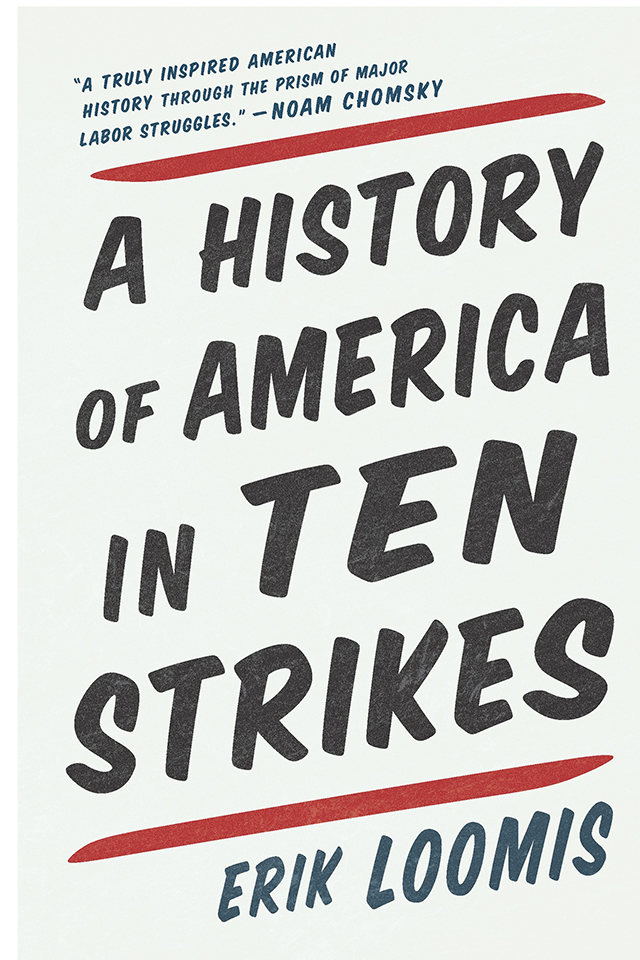Strikes that shaped America
There are many ways to examine the American story. In the 1890s, historians wanting to move beyond the explorer-general-president lens developed a subspecialty of labor history. At first this school focused on the creation of unions and their battles with management. In the last 50 years or so, the field has widened and deepened to incorporate the greater working class, with emphasis on its social and political settings. The latest entry in this “new labor history” movement is A History of America in Ten Strikes, by the University of Rhode Island’s Erik Loomis.
That title sets up false expectations. Loomis so expansively defines “strike” that many entries in his proletarian decalogue are hardly strikes at all. For instance, he lumps together anything slaves did to hamper plantation output—from slowing down in the fields to burning food in the kitchen—as a form of strike. And even when he homes in on more classic actions, such as the 1936 sit-down strike when workers refused to vacate a General Motors body plant in Flint, Michigan, and the 1981 air traffic controller strike, the era’s general state of worker-employer relations gets much more ink than the particular dispute.
Loomis writes with an unvarnished political perspective. In prose reminiscent of 1930s- style Marxist-influenced diatribes, he casts all employers as greedy and all workers as worthy but oppressed. He views compromise—a key cog in a functioning democracy—as an inherent shortcoming. And he’s not always accurate: he lists United Auto Workers president Walter Reuther as the only white to address the 1963 March on Washington for Jobs and Freedom, ignoring five other white men on the program.
Loomis does chart effectively how labor’s power has waxed and waned over the past two centuries. He is honest about the extent to which organized labor’s failure to embrace non-white workers and, to a lesser extent, women, limited unions’ impact on society even in their heydays. Loomis emphasizes that “throughout American history, the fate of labor unions largely rests on the ability to elect politicians that will allow them to succeed,” and he crisply shows how shifting social values jibe with such electoral results. So, caveats aside, Ten Strikes is a useful primer on the history of labor in the United States.
—Daniel B. Moskowitz writes the SCOTUS 101 column.

